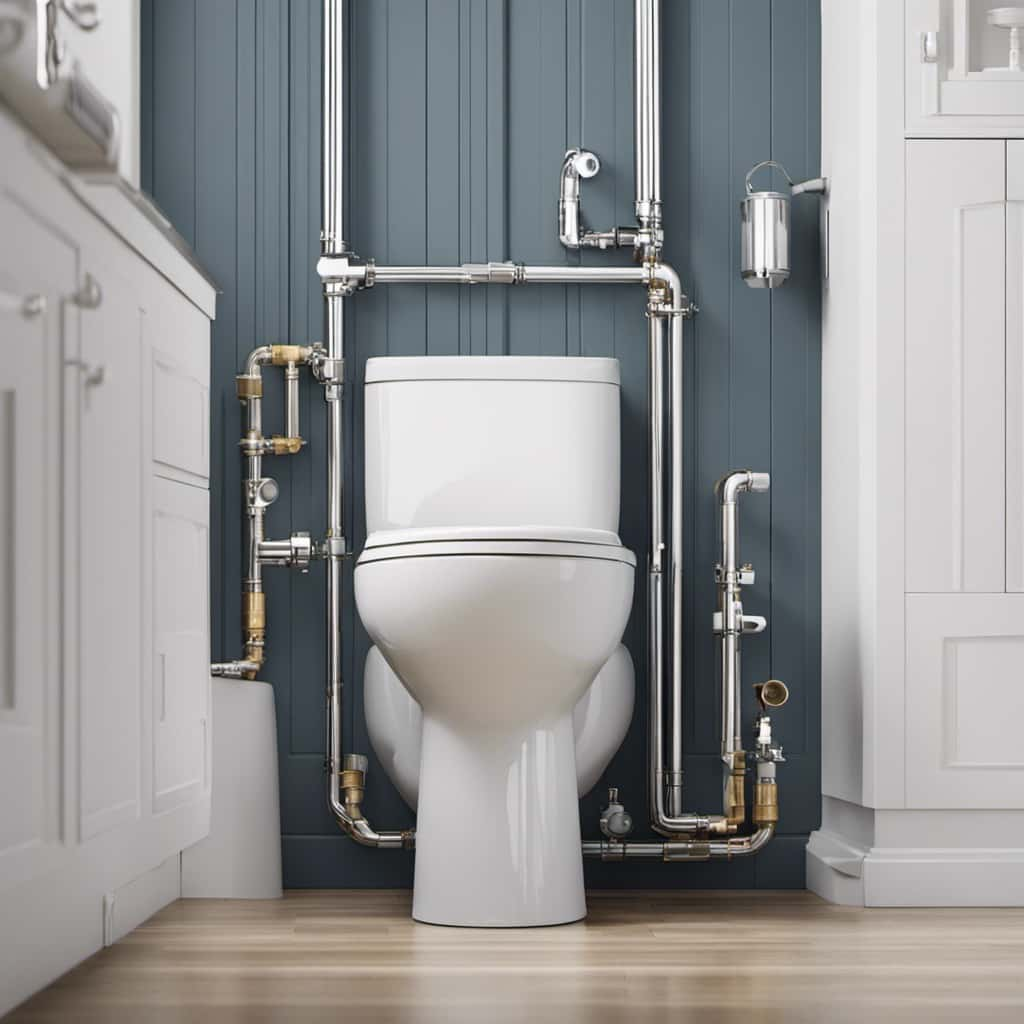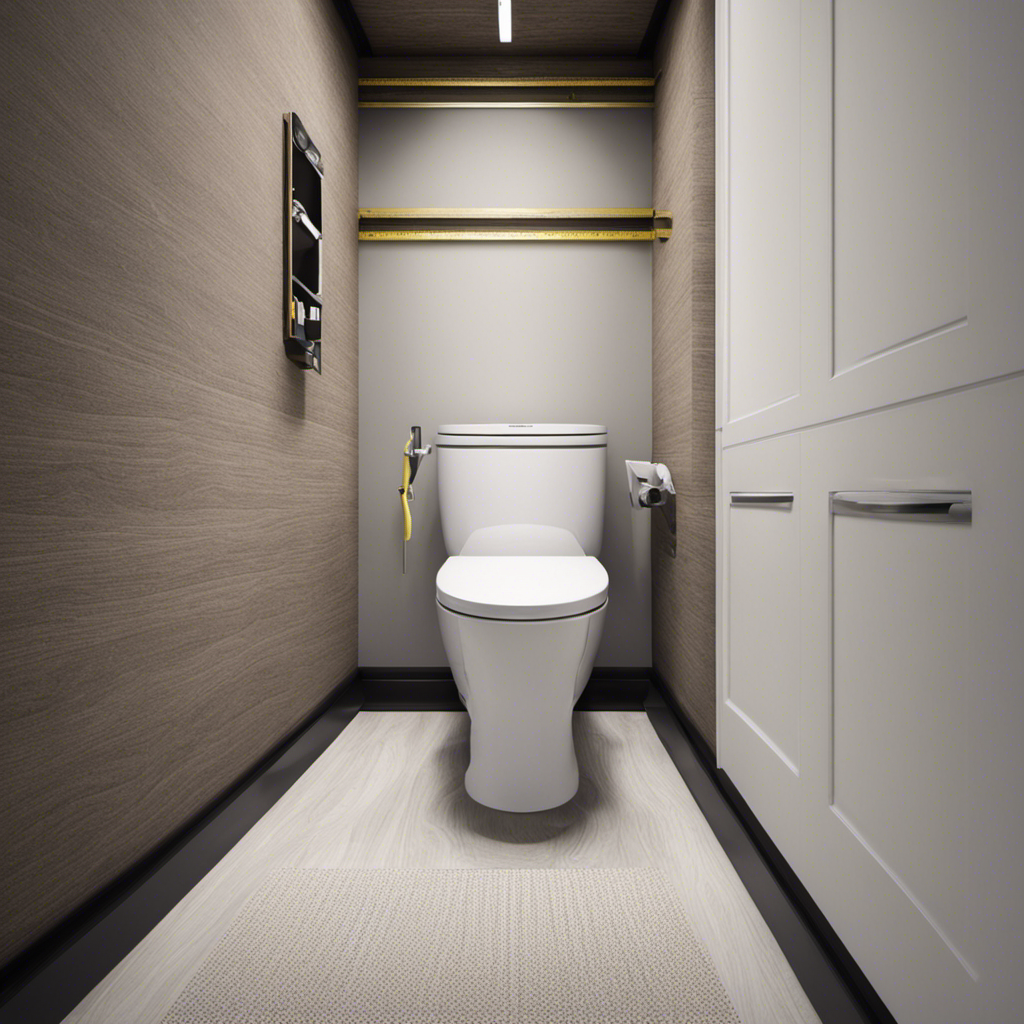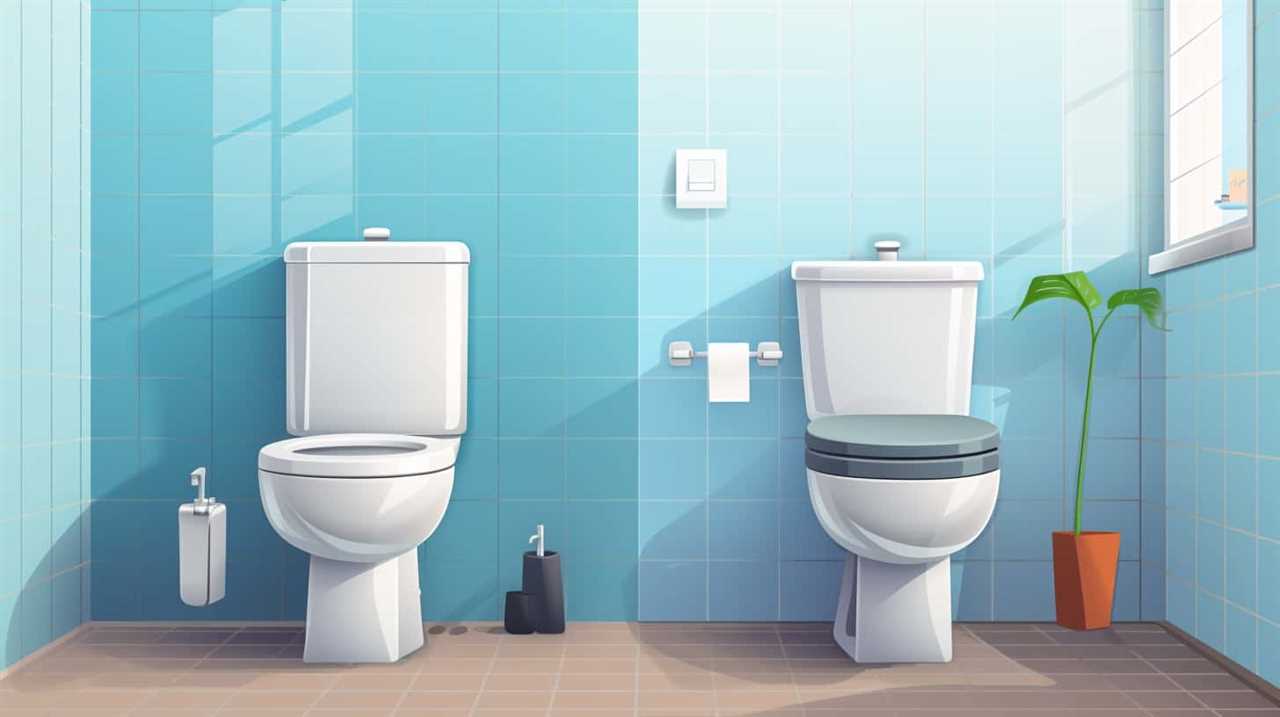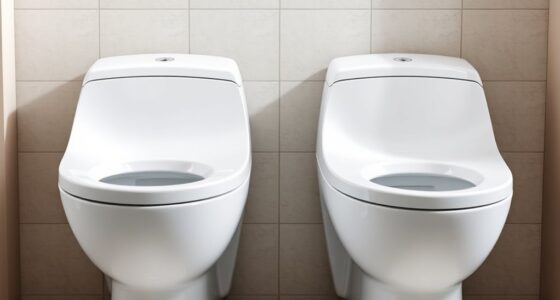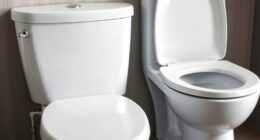I’ve always wondered how my toilet magically flushes away waste with just a push of a button. Turns out, it’s all thanks to a tiny but mighty device called the flush valve.
In this article, I’ll break down the importance of a flush valve, its components, and how it actually works. We’ll explore different types of flush valves, as well as maintenance and troubleshooting tips.
Get ready to master the inner workings of your toilet!
Key Takeaways
- Flush valves are crucial for maintaining the proper functioning of a toilet.
- They play a critical role in water conservation and reducing overall environmental impact.
- The components of a flush valve include a flush lever, flapper or valve seal, overflow tube, and fill valve.
- Regular maintenance and troubleshooting can prevent common problems associated with flush valves.
Importance of a Flush Valve
The importance of a flush valve can’t be underestimated in maintaining proper functioning of a toilet. Not only does it play a critical role in water conservation, but it also has a significant impact on the lifespan of the plumbing system.

A flush valve is designed to control the release of water from the toilet tank into the bowl, ensuring a thorough flush while minimizing water usage. By regulating the amount of water used per flush, a flush valve helps conserve water, reducing the overall environmental impact.
Moreover, a malfunctioning flush valve can lead to leaks, water wastage, and potential damage to the plumbing system. Therefore, it’s essential to understand the components of a flush valve and how they contribute to its proper functioning.
Components of a Flush Valve
Moving on to the components of a flush valve, let me explain how they contribute to its proper functioning.
A flush valve consists of several essential parts that work together seamlessly during the flushing process. These parts include:
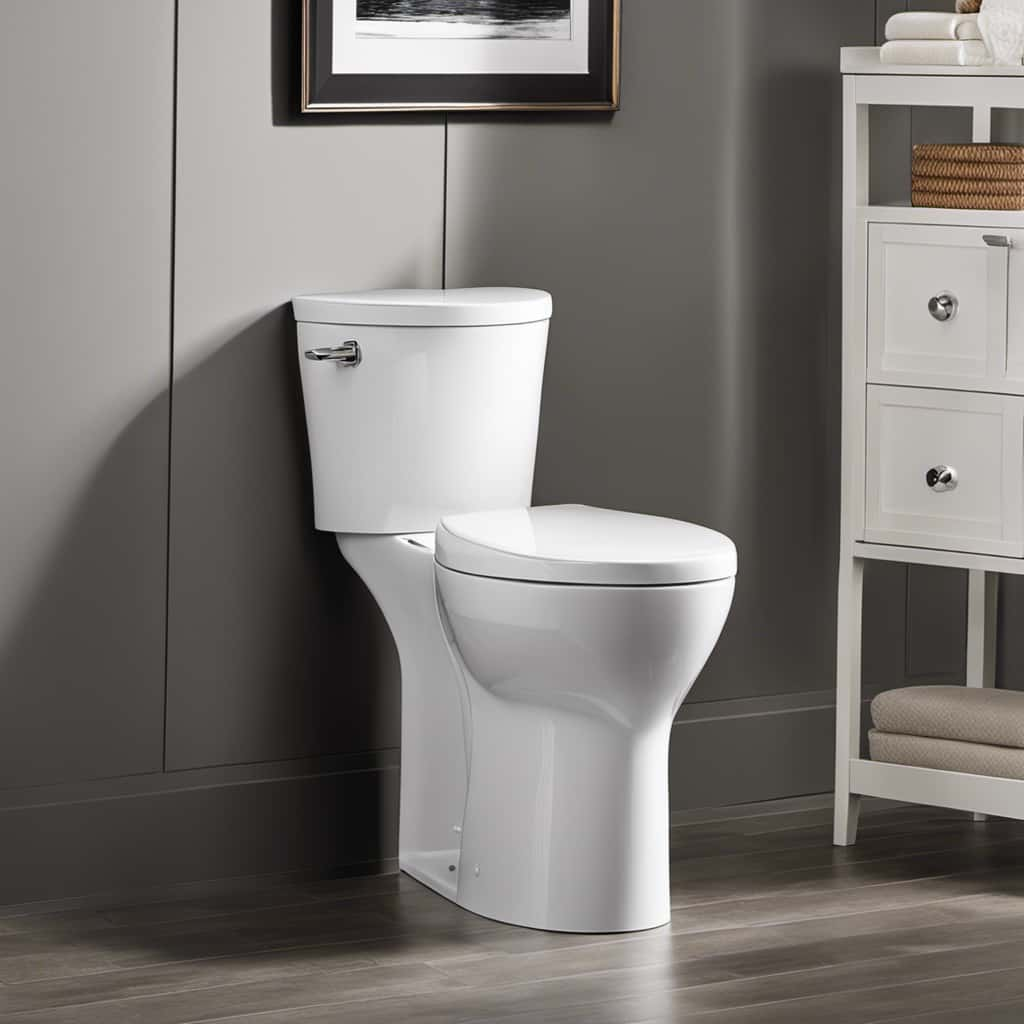
- Flush lever: This lever is connected to a chain or rod that lifts the flapper or valve seal, allowing water to flow into the toilet bowl.
- Flapper or valve seal: This rubber component sits at the bottom of the tank and prevents water from flowing into the bowl when the tank is full.
- Overflow tube: Located in the center of the flush valve, it prevents the tank from overflowing by directing excess water into the bowl.
- Fill valve: This component controls the water level in the tank after flushing.
Proper installation of these flush valve parts is crucial for a smooth and efficient flushing mechanism.
Now, let’s delve into how a flush valve works and the role it plays in the overall toilet function.
How a Flush Valve Works
Continuing the discussion on the components of a flush valve, let me explain how it works.
The flush valve mechanism is responsible for controlling the flow of water from the toilet tank into the bowl. When you press the flush handle, it lifts the flush valve, allowing water to rush into the bowl and create a siphoning effect.
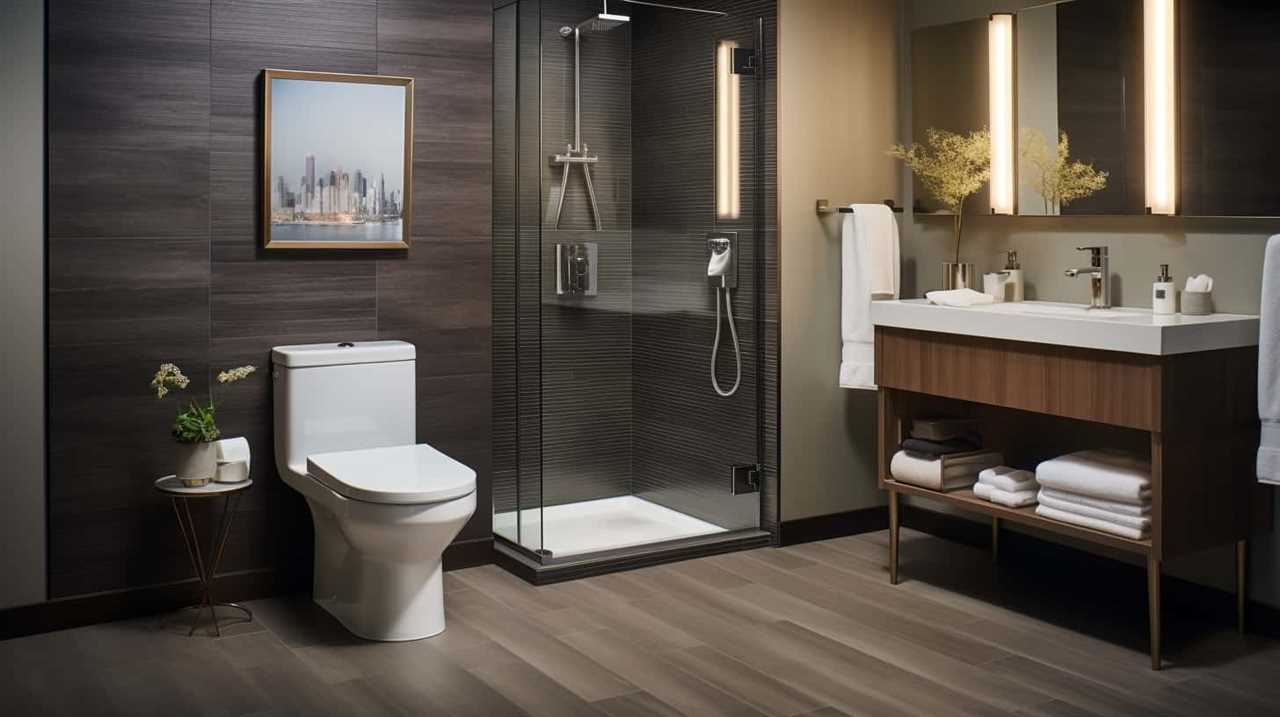
This siphoning effect is what removes waste from the bowl and sends it down the drain. The flush valve then seals itself shut, preventing any water from flowing back into the tank.
One of the advantages of using a flush valve is its efficiency. It allows for a powerful and thorough flush while using less water compared to older flush mechanisms.
Different Types of Flush Valves
Now, let’s explore the various types of flush valves available. When it comes to flush valves, there are two main types: single flush valves and dual flush valves.
Single Flush Valves:
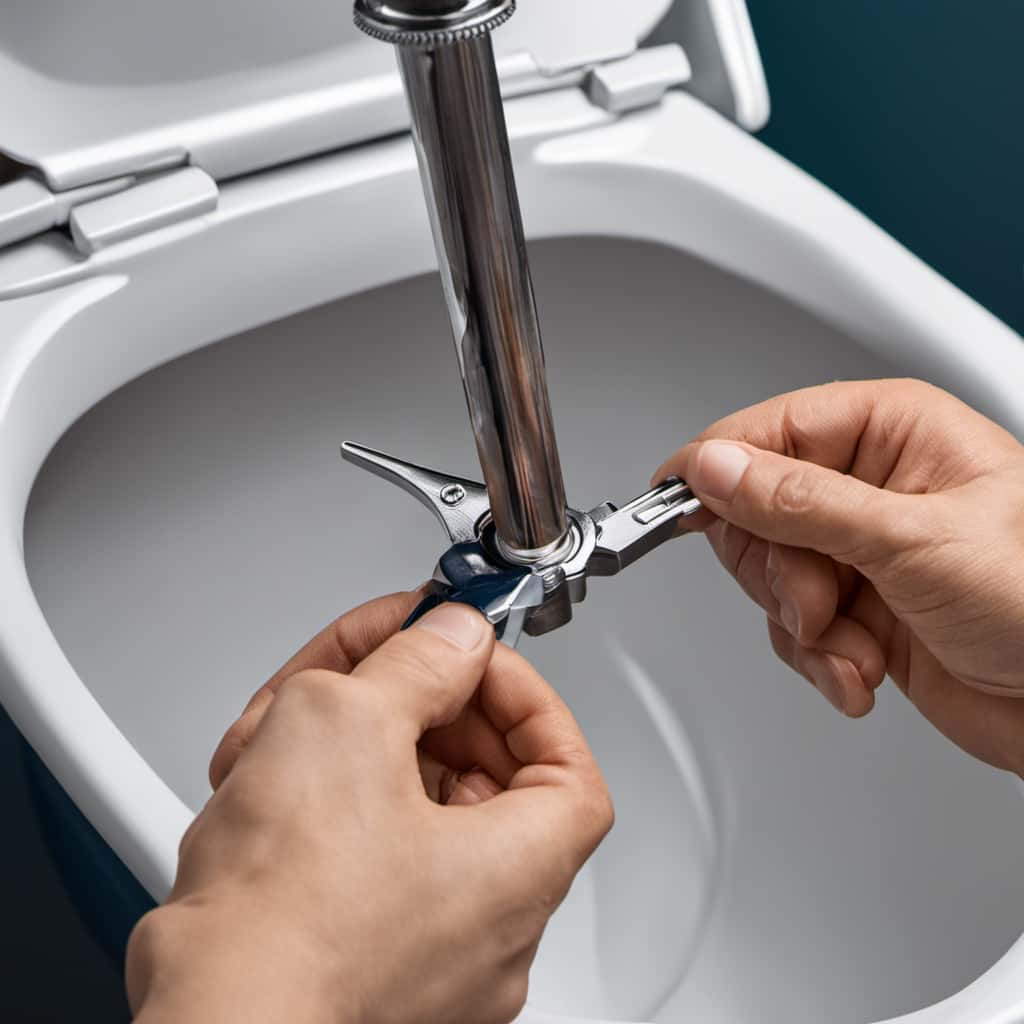
- These are the traditional type of flush valves that have been used for many years.
- They provide a single amount of water with each flush, typically around 1.6 gallons.
- While they’re simple and reliable, they can be less efficient and may waste water in comparison to dual flush valves.
Dual Flush Valves:
- These valves offer two flushing options: a full flush and a half flush.
- The full flush is used for solid waste and provides a higher volume of water, usually around 1.6 gallons.
- The half flush is for liquid waste and uses less water, typically around 0.8 gallons.
- Dual flush valves offer water savings and are more environmentally friendly.
When considering flush valve options, it’s important to understand the common problems associated with them and the advantages that dual flush valves bring, such as water conservation and reduced utility bills.
Maintenance and Troubleshooting Tips
To properly maintain and troubleshoot a flush valve, follow these essential tips.
Common flush valve problems can include issues with water leakage, weak flushes, or constant running water. One of the main causes of these problems is a faulty flush valve seal.
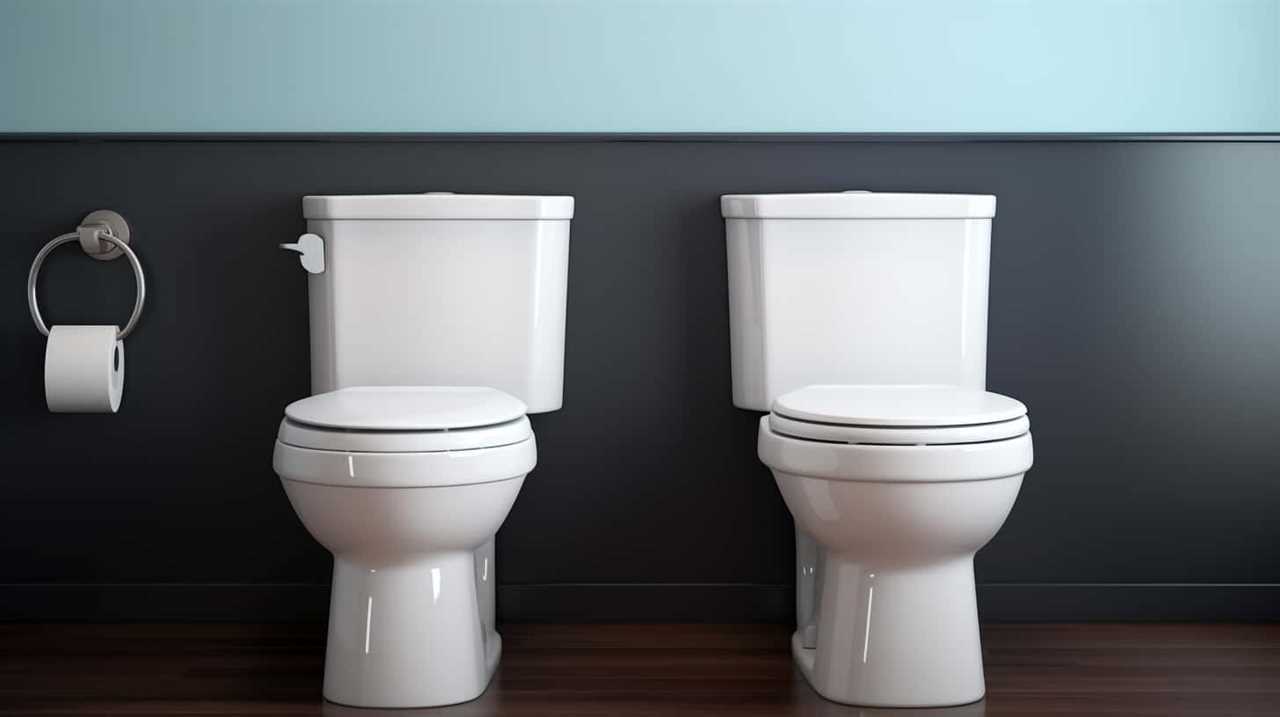
To fix this, turn off the water supply and flush the toilet to drain the tank. Next, remove the old flush valve by unscrewing it from the bottom of the tank.
Install a new flush valve by screwing it in place and reconnecting the water supply. Make sure to also check the flapper and chain for any damage or misalignment.
Regularly cleaning the flush valve and ensuring proper water pressure can help prevent future issues. Remember to always consult the manufacturer’s instructions for specific troubleshooting and maintenance guidelines.
Frequently Asked Questions
Can I Install a Flush Valve Myself, or Do I Need to Hire a Professional Plumber?
I can install a flush valve myself, but hiring a professional plumber has benefits. They have expertise in DIY flush valve installation and can ensure proper installation, preventing any potential issues or damage.
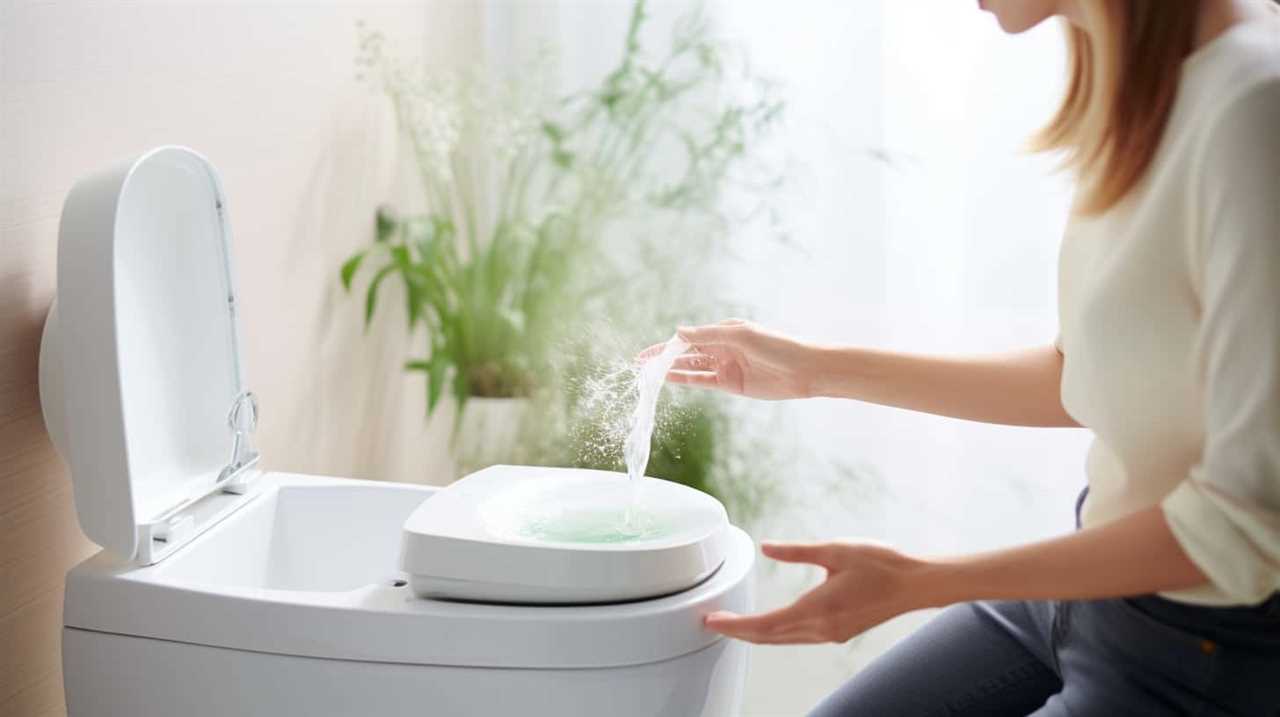
What Are Some Common Signs That Indicate a Flush Valve Needs to Be Replaced?
Regular maintenance is vital for flush valves. Signs of a faulty flush valve include weak flushing, constant running water, and leaks. These issues can lead to water waste, higher bills, and potential water damage.
Are There Any Eco-Friendly Options for Flush Valves?
There are eco-friendly options for flush valves that offer several benefits in bathrooms. These options help conserve water, reduce water bills, and minimize environmental impact. Using eco-friendly flush valves is a smart choice for a sustainable bathroom.
How Often Should I Perform Maintenance on My Flush Valve?
I perform maintenance on my flush valve regularly to ensure its optimal functioning. The frequency of maintenance depends on factors like water quality and usage. Proper maintenance is crucial as it helps prevent clogs and leaks, ensuring efficient and reliable flushing.
Can a Faulty Flush Valve Cause Any Other Issues With My Plumbing System?
A faulty flush valve can cause numerous issues with the plumbing system, such as leaks, clogs, and inefficient water usage. Regular flush valve maintenance is crucial to ensure its proper functioning and prevent these problems.
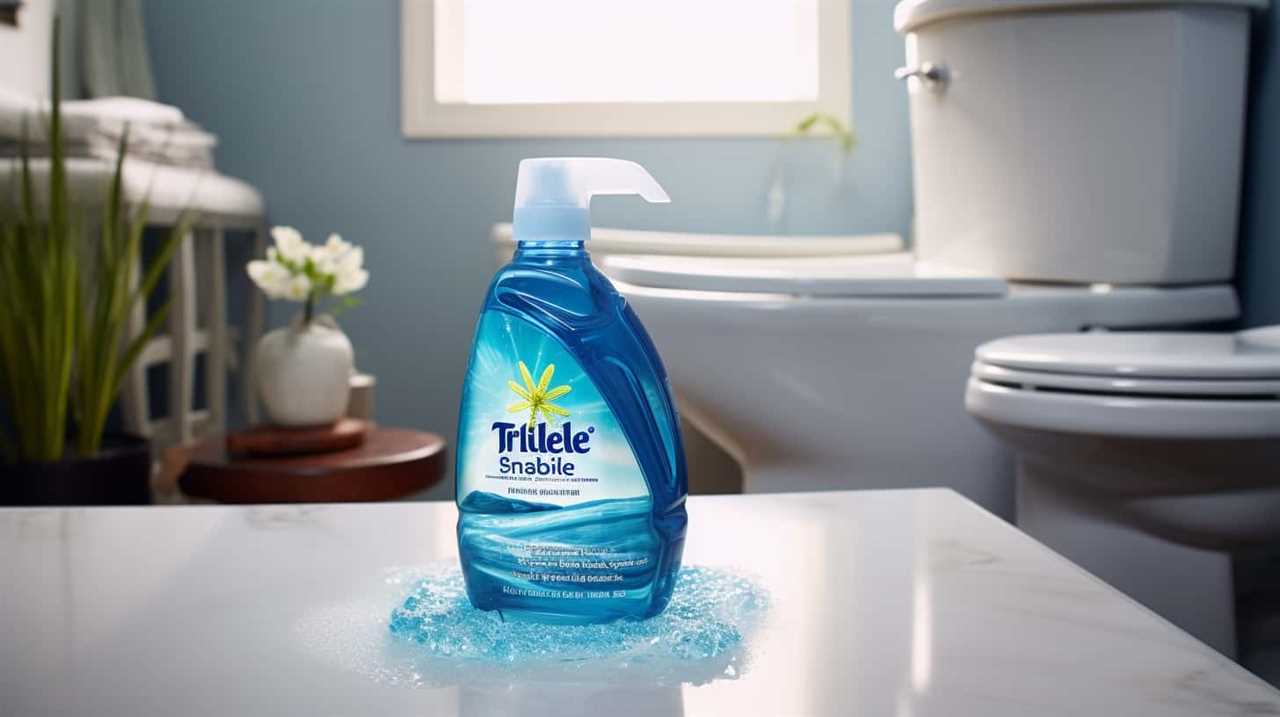
Conclusion
In conclusion, a flush valve is a vital component in ensuring proper flushing of toilets and maintaining hygiene. It acts as a gateway for water to enter the toilet bowl and remove waste.
Just like a conductor directing an orchestra, the flush valve orchestrates the flow of water, ensuring a clean and efficient flush.
Without a functioning flush valve, toilets would be rendered useless, causing inconvenience and unhygienic conditions.
Regular maintenance and troubleshooting are essential to keep the flush valve in optimal working condition.

